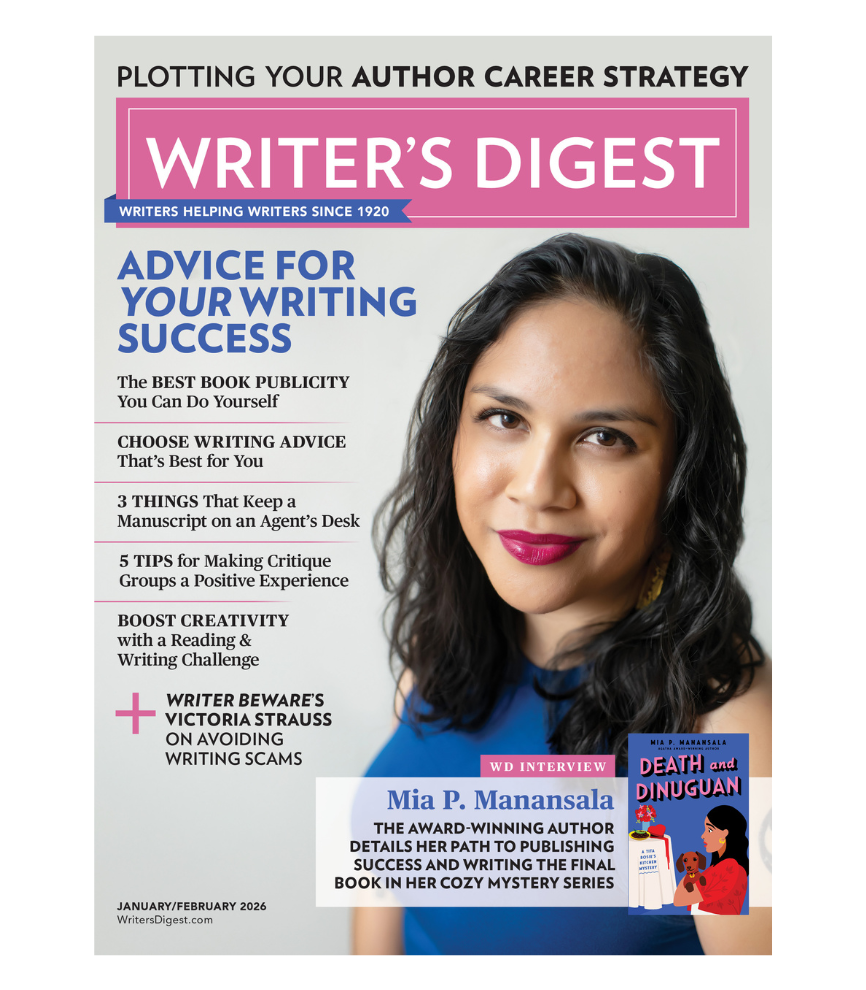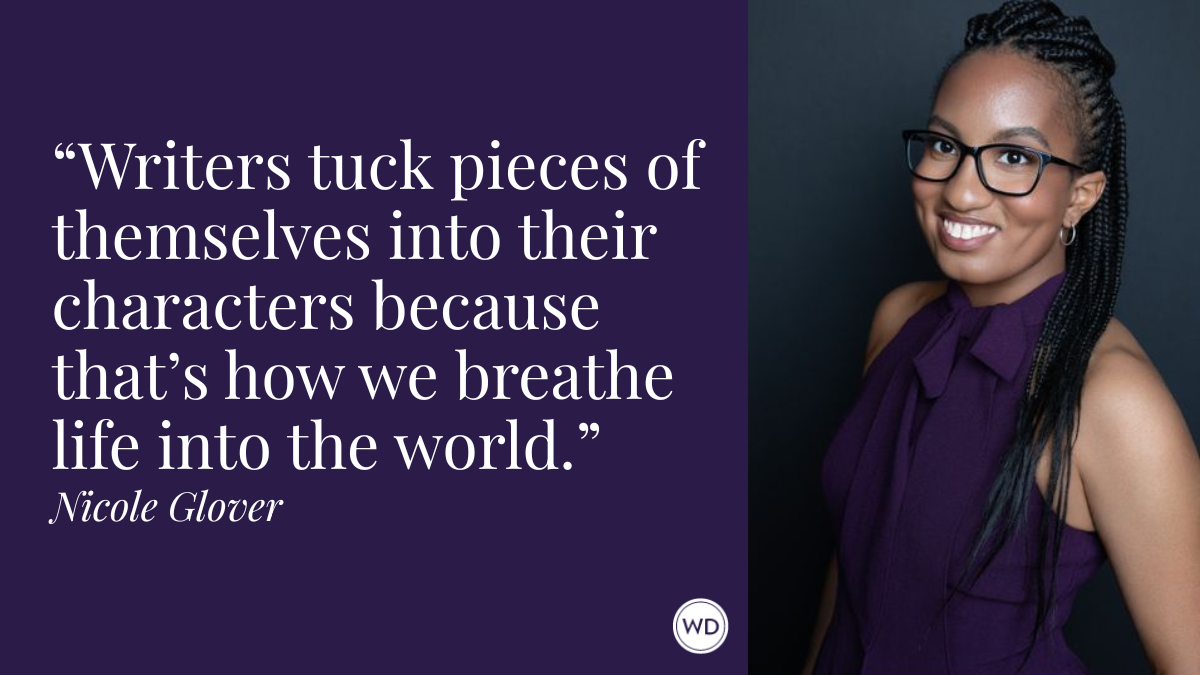Thomas C. Gannon: On Writing About Birds and “Native-ness”
Professor and lifelong birder Thomas C. Gannon discusses what inspired his most recent book that is part nature writing, part ethnic studies, and part memoir.
Thomas C. Gannon is an associate professor of English and Ethnic Studies at The University of Nebraska-Lincoln and a lifelong birder and inhabitant of the Great Plains. He is an enrolled member of the Cheyenne River Sioux Tribe.
Find Thomas on Facebook.
In this post, Thomas discusses what inspired his most recent book that is part nature writing, part ethnic studies, and part memoir.
Name: Thomas C. Gannon
Book title: Birding While Indian: A Mixed-Blood Memoir
Publisher: Mad Creek Books/The Ohio State University Press
Release date: June 27, 2023
Genre/category: memoir / nature writing / ethnic studies
Previous titles: Skylark Meets Meadowlark: Reimagining the Bird in British Romantic and Contemporary Native American Literature
Elevator pitch for the book: This book is part birding travelogue, part memoir of a Native/mixed-blood birder. Organized chronologically by specific bird species, dates, and places, Birding While Indian spans over 50 years of childhood walks and adult road trips, as I navigate between my obsession with the ostensibly objective avocation of birding and my own mixed-up/mixed-blood subjectivity that began as a young boy in the Black Hills of South Dakota, searching for both a Great Horned Owl and my ethnic identity.
What prompted you to write this book?
Besides the fact that birding has been my lifelong passion, the more immediate impetus was the uncomfortable fact that many of the places I most frequently bird on the northern Great Plains still bear the ideology of Western colonialism in their very names. That some of my favorite places have names like Custer State Park, Indian Cave State Park, and Pioneers Park makes the narrative fraught with cognitive dissonance and ironic tension.
As I began to sketch out some of the episodes, it became clear to me that I couldn’t escape the racial politics of growing up a poor mixed-blood in Rapid City, SD, or the ongoing colonialist ideology of so many great birding venues on the Great Plains.
Plus, there’s the whole historical connection of colonialism’s similar treatment of human Natives and indigenous animals/birds… Also, the fact that my mother died during the book’s composition changed it a bit, into more of a tribute to her—to her life as a confrontation of 20th-century racism against Indigenous peoples.
How long did it take to go from idea to publication? And did the idea change during the process?
The book, in various forms, took over 10 years. It began as a more dedicated treatment of my time at an Indian boarding school (3rd and 4th grades). But to develop that kernel into a book, I later realized, would end up being largely a second-hand rehash of other Indian boarding school histories and literature, which has pretty much been done to death.
Then I came up with the idea of a book arranged by different birding experiences, and—Eureka—my boarding school experience became an early chapter in the current book. So it ended up being a book about birding—and “Native-ness.”
Were there any surprises or learning moments in the publishing process for this title?
This is my second book, but I was surprised (again) by the length of the process, the several drafts with my editor, and the several proofs with my copyeditor. I was surprised that I had to argue about keeping certain details that I didn’t think were that “controversial:” like capitalizing the names of bird species (e.g., “Bald Eagle”)—which is standard practice in ornithological literature but apparently not with mainstream presses—and keeping “squaw” as a full word rather than changing it to a watered-down “s----.”
Then there was the rather lengthy negotiation regarding the title itself, the book cover, and even the author photo. (I was surprised to finally learn that I was expected to smile for such a photo: I wanted to quip, “If you’ve really read my book, you’d know I have nothing to smile about!”) . . . Oh: having to cut 50,000 words was something of a surprise, too.
Were there any surprises in the writing process for this book?
Besides the book’s radical change of focus discussed above, I guess I was continually surprised how often, how well, the “birds and Indians” connection kept coming up, reinforcing my evolving ideas about how both the non-human animal and the human Native have met with similar fates in the history of Western colonialism. I learned in the process—or at least was reminded—that “all discourse is political” (that is, invested in ideology and desire). I tell my students this all the time, but this book really drove that home.
The argument in this book includes all the regional place names, signage, tourist pamphlets, etc., that still champion Manifest Destiny and a “Cowboys v. Indians” Wild West mentality; it includes natural science texts that seem ostensibly objective but yet of course include many of the patriarchal, anthropocentric, and even racial biases of their time…
In terms of personal growth, I even started to question the “philosophy” behind my hobby, my life passion: Isn’t all this list-making just another colonialist act? Should someone coming from an at least semi-Native worldview even pursue an avocation that seems ultimately objectifying of the non-human Other? This self-questioning becomes explicit in the book’s final chapter.
What do you hope readers will get out of your book?
First of all, I’d hope they might develop a modicum of interest in—or understanding of—birding and birds. I’d hope they might laugh at some of the more humorous episodes and even be moved elsewhere by my various attempts at pathos.
The birds & “Indians” & colonialism stuff may be a bit heavy and academic for many readers, but I hope some of that gets through, too. Finally, I’d hope they’d come to realize that my “Indian grandma” was a wonderful person!
If you could share one piece of advice with other writers, what would it be?
Write. Every day. I enrolled in an academic “boot camp” one summer as I was writing the book, and I was required to write at least a half hour a day. I ended up writing about two-thirds of the book that summer.
My best time was early morning, right after I woke up and during that first cup of coffee (or three!). But you should find the time that works best for your own biorhythms.








